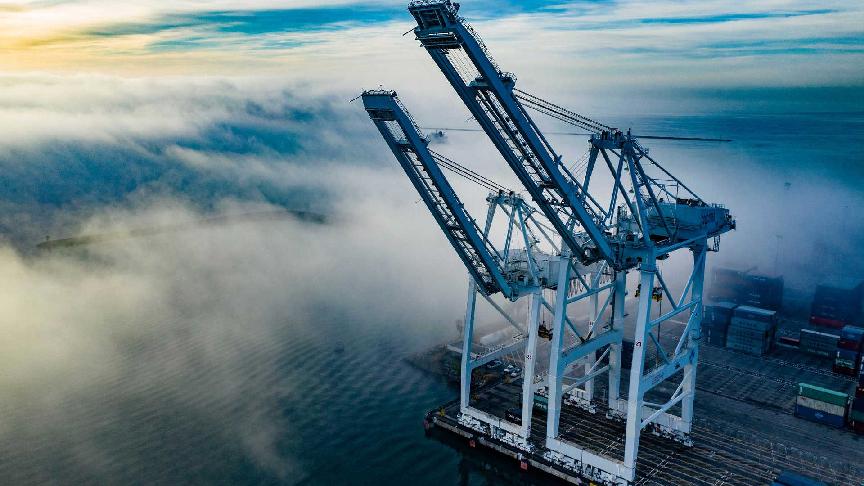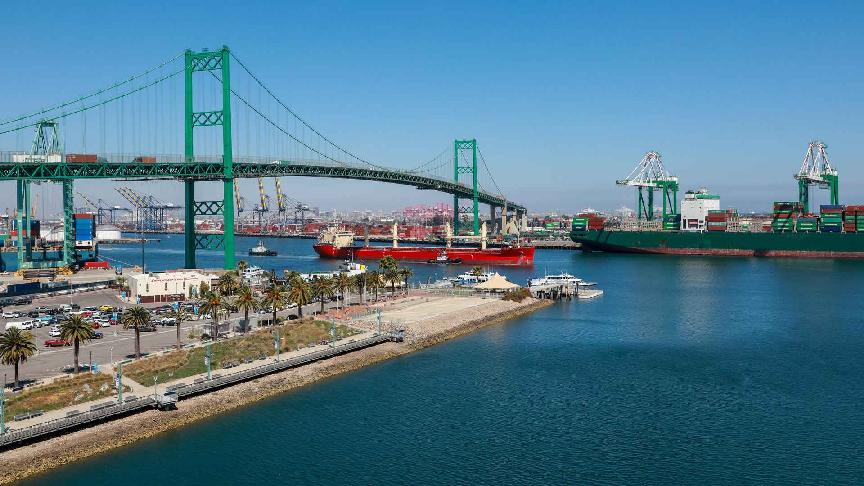Trade on the trans-Atlantic and trans-Pacific expected to decrease in 2023
Indusrty experts anticipate blank sailings and receding growth on both trade lanes

Consumer demand is the primary driver of container shipping around the world. When people start spending less in the market, this sends a ripple effect that trickles down the entire supply chain, influencing when, where and how often carriers sail their ships.
People entered the year 2023 with inflation already high, and many of them were getting into the habit of thinking twice before spending money on unnecessary things. On the other hand, many importers already have stocks that could last them well into the first few months of the year.
Yet, industry experts believe there is far more boxship capacity in the ocean than needed, creating an imbalance between supply and demand.
“Carriers are deploying record-high levels of capacity during CNY (Chinese New Year) 2023, which, with the stagnating demand growth, does not make a lot of sense,” Sea Intelligence analysts commented in their December report.
Containerised shipping across the Pacific Ocean was relatively high in the first half of 2022 as shippers rushed to ship their goods in fear of facing the same bottlenecks they encountered in 2021. In the United States, imports from Asia jumped 6% during the first six months but waned in the second half.
In a report by the National Rail Federation, Hackett Associates founder Ben Hackett said: “We expect the flattening of demand that began around the middle of this year to continue into the first half of 2023.”
At the same time, congestion at ports - especially on the US West Coast - is easing, and the diversion of cargo from the west to the east continues to take place. In other words, shippers receiving their goods from Asia across the Pacific are not as worried about delays as they used to be in the past couple of years.
As a result, logistics analysts believe carriers will blank more sailings on the Asia-North America trade, which also signals that growth on this lane is expected to recede as we move further into 2023.
Trade on the trans-Atlantic, however, remained more stable in 2022. According to JOC analysts, ongoing congestion at the ports of North Europe and the US East Coast played a significant role in keeping rates from collapsing. This made the trans-Atlantic trade more attractive to carriers.
However, it is unlikely that this situation will stay the same throughout the year. The decreasing level of congestion at the ports of the Atlantic will face the relatively high boxship capacity deployed by carriers. As a result, liners are anticipated to withdraw part of the available capacity in order to strike a balance with demand levels.
Source: Sea Intelligence, Container News, JOC, KN Tyche
Related articles

Sea newsCargo surge sends port of Long Beach to record September

Sea newsPorts of Los Angeles and Long Beach see mixed cargo volumes in August

Sea newsEast coast pulls ahead in early peak season volumes

Sea newsContainer throughput at Rotterdam Port declined during H1 2023

Sea newsA look at exports development across major regions since 1948

Sea newsHamburg Port welcomed more mega ships in Q1
